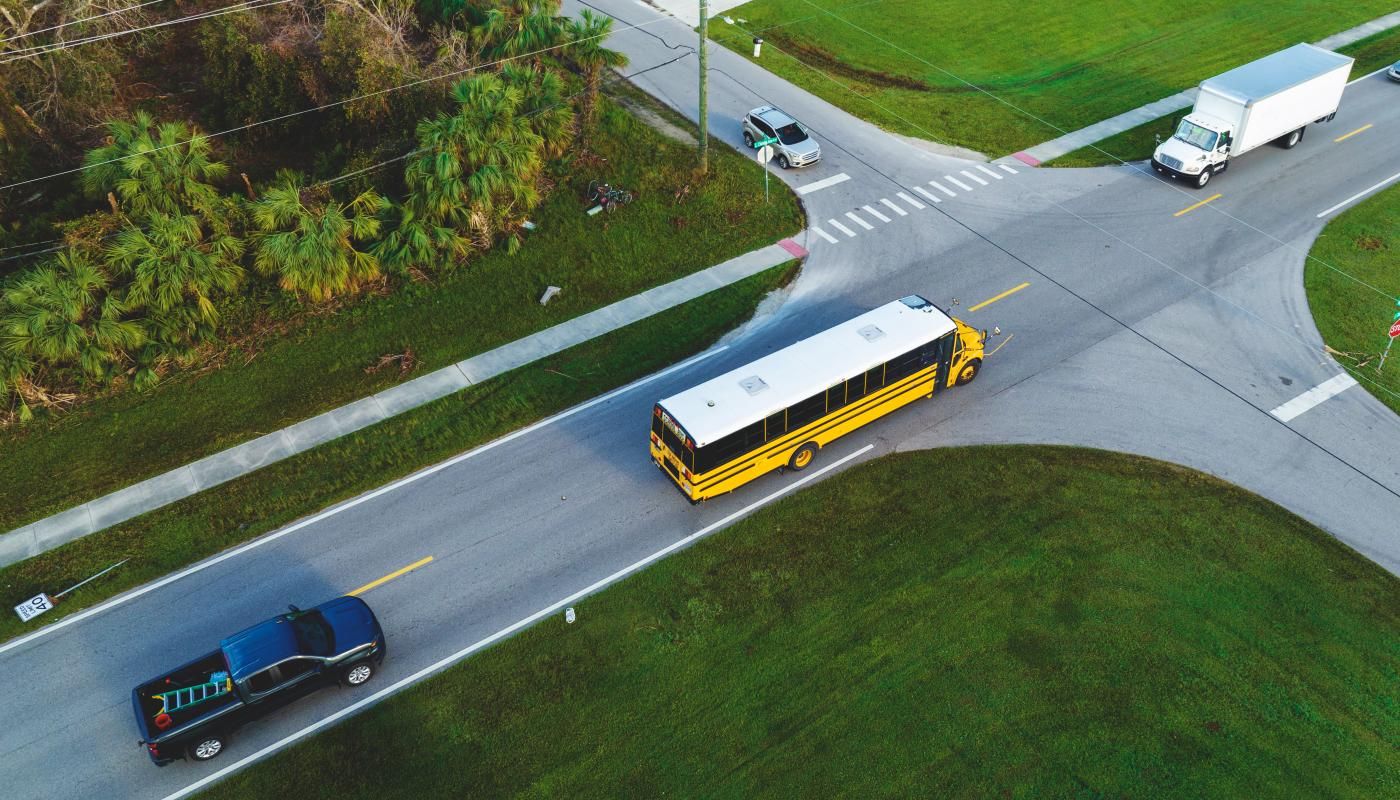Understanding Safe Routes to School
SRTS programs focus on several key areas:
- Infrastructure Improvements: Implementing engineering solutions such as sidewalks, crosswalks, and traffic calming measures to create safer routes for students.
- Education: Teaching students and the community about pedestrian and bicycle safety.
- Encouragement: Promoting walking and biking through events and activities.
- Enforcement: Enhancing traffic laws and ensuring they are followed around school zones.
- Evaluation: Assessing the program's effectiveness in increasing walking and biking and improving safety.
These programs are vital in underserved communities, which often lack safe infrastructure for walking and biking and have higher rates of pedestrian and bicyclist injuries (Safe Routes Info).
The Role of Funding in Safe Routes to School
Funding is crucial for the success of SRTS programs. The FHWA provides grants to local and state programs, which can be used for various projects, including:
- Building and improving sidewalks and crosswalks.
- Installing traffic signs and signals.
- Implementing traffic calming measures.
- Developing educational materials and programs.
- Organizing encouragement activities and events.
Local communities can leverage these funds to create safer, more accessible routes for students, ultimately reducing traffic congestion and improving air quality around schools (Safe Routes Info).
MUTCD Compliant Beacons and RRFBs: Enhancing School Zone Safety
One of the most effective tools in improving pedestrian safety in school zones is the use of Rectangular Rapid Flashing Beacons (RRFBs) and other MUTCD-compliant beacons. These devices increase the visibility of crosswalks and alert drivers to the presence of pedestrians.
Key Features of RRFBs
- High Visibility: RRFBs use LED lights that flash in a rapid, alternating pattern, catching the attention of drivers and increasing the visibility of crosswalks.
- Pedestrian-Activated: These beacons are activated by pedestrians via push buttons or passive detection, ensuring they flash only when needed.
- Compliance: RRFBs comply with the Manual on Uniform Traffic Control Devices (MUTCD) standards, ensuring they meet federal guidelines for traffic control devices.
Implementing RRFBs in School Zones
Installing RRFBs in school zones can significantly improve safety by making drivers more aware of crossing pedestrians. These beacons can be strategically placed at high-traffic crossings near schools, parks, and other areas where children frequently walk or bike.
TraffiCalm's RRFBs are designed to meet MUTCD standards and are easy to install and maintain. They offer a reliable and effective solution for enhancing pedestrian safety in school zones and beyond.
Case Studies: Success Stories from SRTS Programs
Several communities have successfully implemented SRTS programs with the help of RRFBs and other traffic calming measures. Here are a few examples:
- Atlanta, GA: The city's SRTS program focused on improving crosswalks and adding RRFBs at key locations, resulting in a significant increase in students walking and biking to school.
- Cincinnati, OH: The program included the installation of new sidewalks, crosswalks, and RRFBs, enhancing safety and accessibility for students.
- Detroit, MI: SRTS initiatives in Detroit included the use of RRFBs to improve pedestrian crossings near schools, leading to safer routes for students and reduced traffic incidents (Safe Routes Info).
TraffiCalm's Commitment to Safe Routes to School
At TraffiCalm, we are dedicated to supporting Safe Routes to School initiatives by providing high-quality, MUTCD-compliant traffic safety solutions. Our range of RRFBs and beacons are designed to enhance pedestrian visibility and safety, ensuring that students can walk and bike to school safely.
By leveraging SRTS funding, communities can implement these essential safety measures and create a safer, healthier environment for students. For more information about our products and how they can support Safe Routes to School programs, visit TraffiCalm's website.
Conclusion
Safe Routes to School programs play a critical role in making it safer for children to walk and bike to school. By utilizing funding for infrastructure improvements and implementing MUTCD-compliant beacons like RRFBs, communities can significantly enhance the safety and accessibility of school zones. TraffiCalm is committed to supporting these initiatives with our innovative traffic safety solutions, ensuring that students can travel safely and confidently.
For detailed information on Safe Routes to School and how to secure funding for your community, visit the Safe Routes to School website. Together, we can create safer routes for our children and promote a healthier, more active lifestyle.
